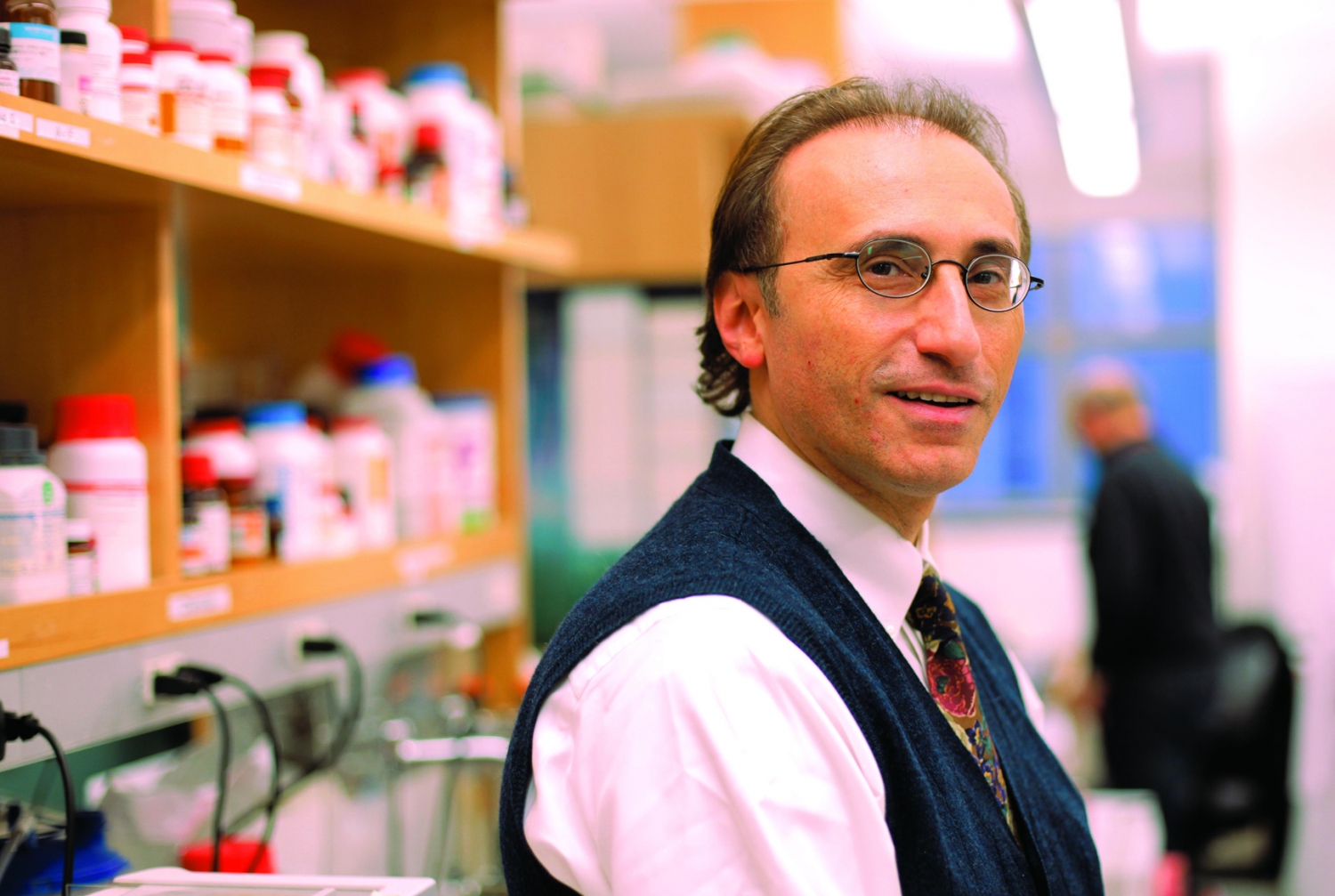In an advance that could eventually offer millions of patients with blood disorders curative therapies derived from their own cells, researchers at the Ansary Stem Cell Institute at Weill Cornell Medical College have been able to directly reprogram vascular cells into long-lasting blood cells that resemble bone marrow stem cells capable of forming the various components of blood necessary for life.
The findings, reported as an article in the July 2 issue of Nature, show that blood cells engineered from blood vessel, or endothelial cells, could potentially provide an abundant and safe source of new blood stem cells capable of treating a variety of diseases. These potentially include genetic disorders, such as thalassemia and sickle cell disease, blood cancers and even certain infections such as HIV.
The technique uses endothelial cells from a biopsied bit of skin and adds four genetic transcription factors — proteins that bind to and activate genes — that provide an initial push to direct the blood vessel cells to become blood-forming cells. Scientists then expose these morphing cells to a bed of endothelial cells that "educates" them to form multipotent blood cells that are capable of producing red cells that carry oxygen and white cells that provide immunity, and platelets to prevent bleeding.
When the scientists transplanted these engineered human blood cells into immune-deficient mice, they lodged in the rodents' bone marrow, producing all of those blood parts. "We conceived an innovative and reproducible approach to manufacture engraftable, durable blood cells," says the study's senior investigator, Dr. Shahin Rafii, director of the Ansary Stem Cell Institute and professor of medicine and genetic medicine at Weill Cornell. "The key to the success of this reprogramming process was development of supporting blood vessel cells that form a nurturing niche for the survival and growth of the reprogrammed blood cells, similar to what happens developmentally during blood production. We expect that our method of directly reprogramming a person's own endothelial cells to abundant, stable and long-lasting blood cells will offer the first safe technology to cure a wide spectrum of benign and malignant disorders."
Currently, the only source of blood cells is a patient's own blood, umbilical cord blood, or a matched bone marrow donor. Many patients cannot find a suitable donor, and those who do may develop complications including graft-versus-host disease, in which the donor cells attack the recipient. The study, led by instructor in genetic medicine Dr. Vladislav Sandler and a senior scientist in Dr. Rafii's Lab, overcomes these complications by allowing patients' own cells to be reprogrammed into blood cells free of the defects that caused their original diseases.
"The potential applications and importance of this work are just enormous," says Dr. Joseph Scandura, a senior co-author of the study and an assistant professor in the Department of Hematology-Oncology at Weill Cornell. "Imagine: This new approach gives us a chance to use a patient's own endothelial cells to produce an entirely new blood-forming system for them to fix their disease, be it leukemia or sickle cell anemia or HIV. It is very exciting."
In the study, the scientists found four transcription factors that were in blood cells but not in endothelial cells. Because endothelial cells make blood cells in fetuses, the scientists believed these factors would kick-start the process of turning endothelial cells into blood cells.
The investigators gathered endothelial cells from human skin and human umbilical cords, and added the transcription factors. "What we got were cells that weren't yet true blood cells; they wouldn't expand and wouldn't engraft when transplanted," says Dr. Raphael Lis, a post-doctoral fellow in Dr. Rafii's lab and a co-author on the study. However, once the scientists bathed these partially reprogrammed blood cells in a plate of supportive vascular niche cells developed by Angiocrine Biosciences, of which Dr. Rafii is a co-founder, they morphed into working blood cells that continued to increase and generate multipotent blood cells.
And when the investigators injected those cells into immune-deficient mice, the blood cells responded to signals in the marrow, producing red blood cells and immune system B cells, but no T cells — the other kind of white blood cell produced in the bone marrow. "That is a drawback we found in this study, but we are developing a way to promote T cell development," Dr. Sandler says.
Previous attempts to engineer multipotent blood cells from embryonic stem cells or laboratory-induced pluripotent stem cells similar to embryonic stem cells have resulted in the generation of immature, nonfunctional blood cells that do not home in on and engraft in the bone marrow of mice, notes co-author Dr. Jason Butler, an assistant professor of medicine. "Our approach has overcome this major roadblock and, most importantly, we have been able to bypass the use of pluripotent stem cells," he said.
"Many laboratories are still focusing on exploiting the potential of pluripotent stem cells into blood cells," Dr. Rafii adds. "However, even if these approaches succeed, translation of these blood cells derived from pluripotent stem cells to the clinic will require circumventing a number of challenging regulatory hurdles. Our approach could bypass the use of pluripotent stem cells and avoid these hurdles."

